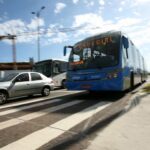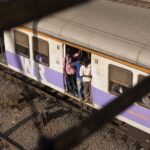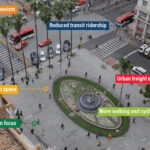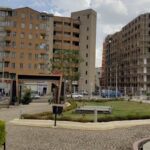
This is the first entry in a series on capacity development for city leaders. By 2050, the global urban population is expected to grow by 2.5 billion people, continuing a decades-long trend of urbanization. And as the number of people ...


Since its beginning in Sweden in the 1990s, Vision Zero has become a global movement to prevent road fatalities and serious injuries by undertaking a Safe System approach to road safety. But despite the documented successes of the approach in ...


The COVID-19 pandemic did not break the world, but rather revealed a world already broken. COVID-19 and the climate crisis exposed the fragility of economies and societies, upending the lives of people worldwide and, in particular, harming vulnerable communities and countries already facing ...


2020 upended life as we know it. The coronavirus killed almost 2 million people and counting, while roughly 100 million people fell into extreme poverty. The world entered its worst recession since the second world war. Deep-rooted racial and economic injustices were ...


This blog is also available in Spanish on IADB.org. For most Latin American and Caribbean cities, public transport is the single most important way to access opportunity and essential services for most urban dwellers, from finding a job to education ...


As sales move increasingly online, e-commerce has boomed globally. Shipping goods has become more complex, as more items must be individually delivered to consumers’ homes, compared with bulk delivery to a store. In New York City, for example, the average ...


In 2020, cities found themselves on the frontlines of the battle against a new and fast-spreading virus that soon became a global pandemic. Even as some places reacted with smart and swift responses that allowed for a partial return to normalcy, ...


Solid waste workers have been indispensable to protecting cities around the world during the COVID-19 pandemic. Their heroic examples, from India to Vietnam to Latin America, have helped cities keep moving. But a critical alignment of factors is making their ...


Some of the fastest growing cities in developing countries like India, Brazil and Ethiopia are strapped for cash. These cities often struggle to provide basic infrastructure and services for a growing population, leading to widespread inequalities. Up to 70% of residents in developing ...


EDITOR’S NOTE: Sustainable Food Production for a Resilient Rosario won the 2020-2021 Prize for Cities on June 29, 2021. Learn more here. (June 29, 2021) City life can be deeply unfair. This was true before the COVID-19 pandemic exposed just how ...

Page 30 of 340« First...1020...293031...4050...Last »